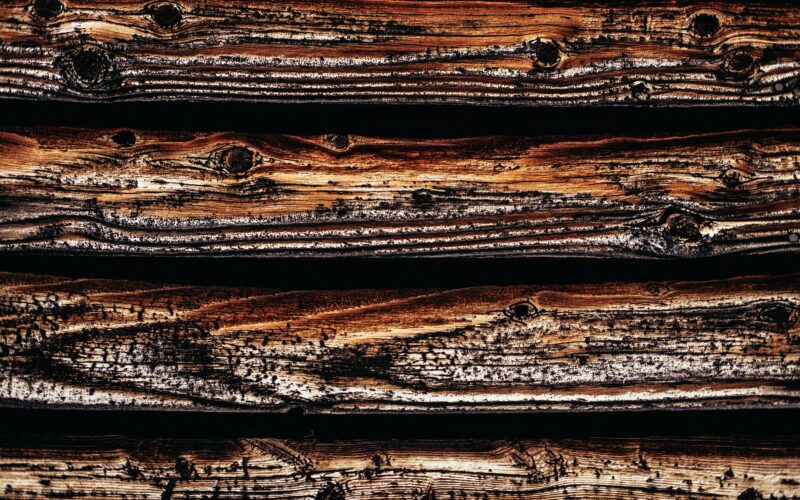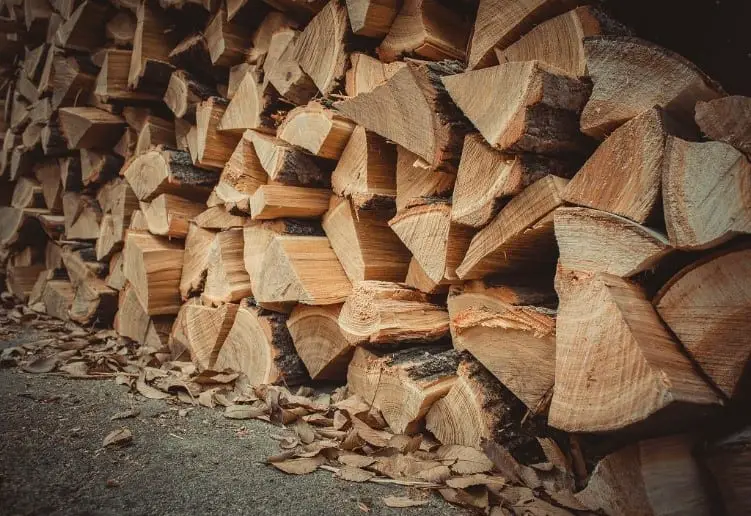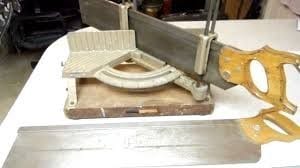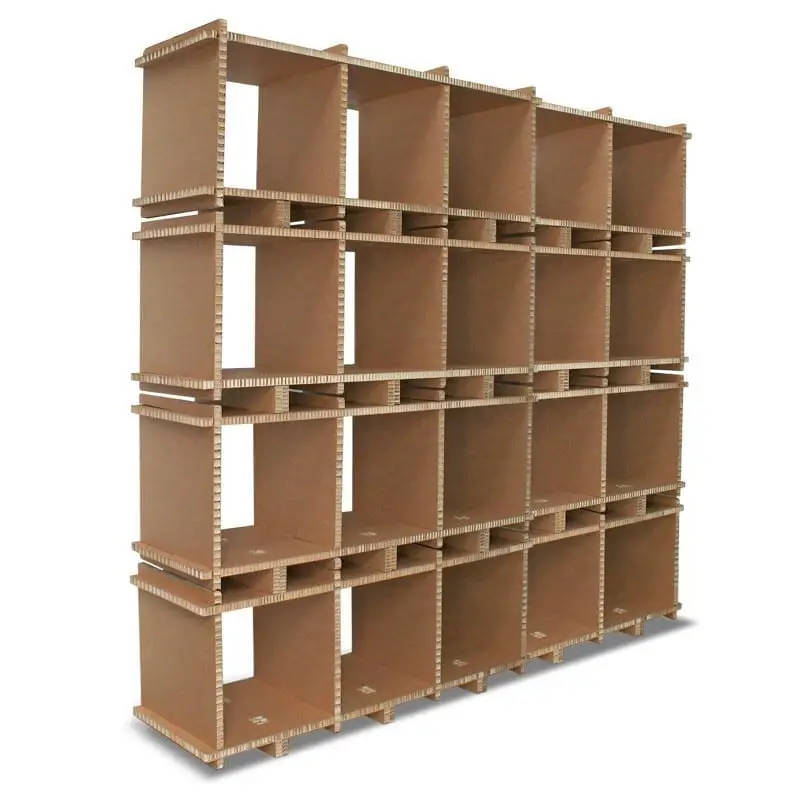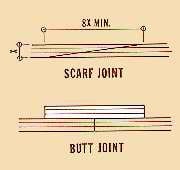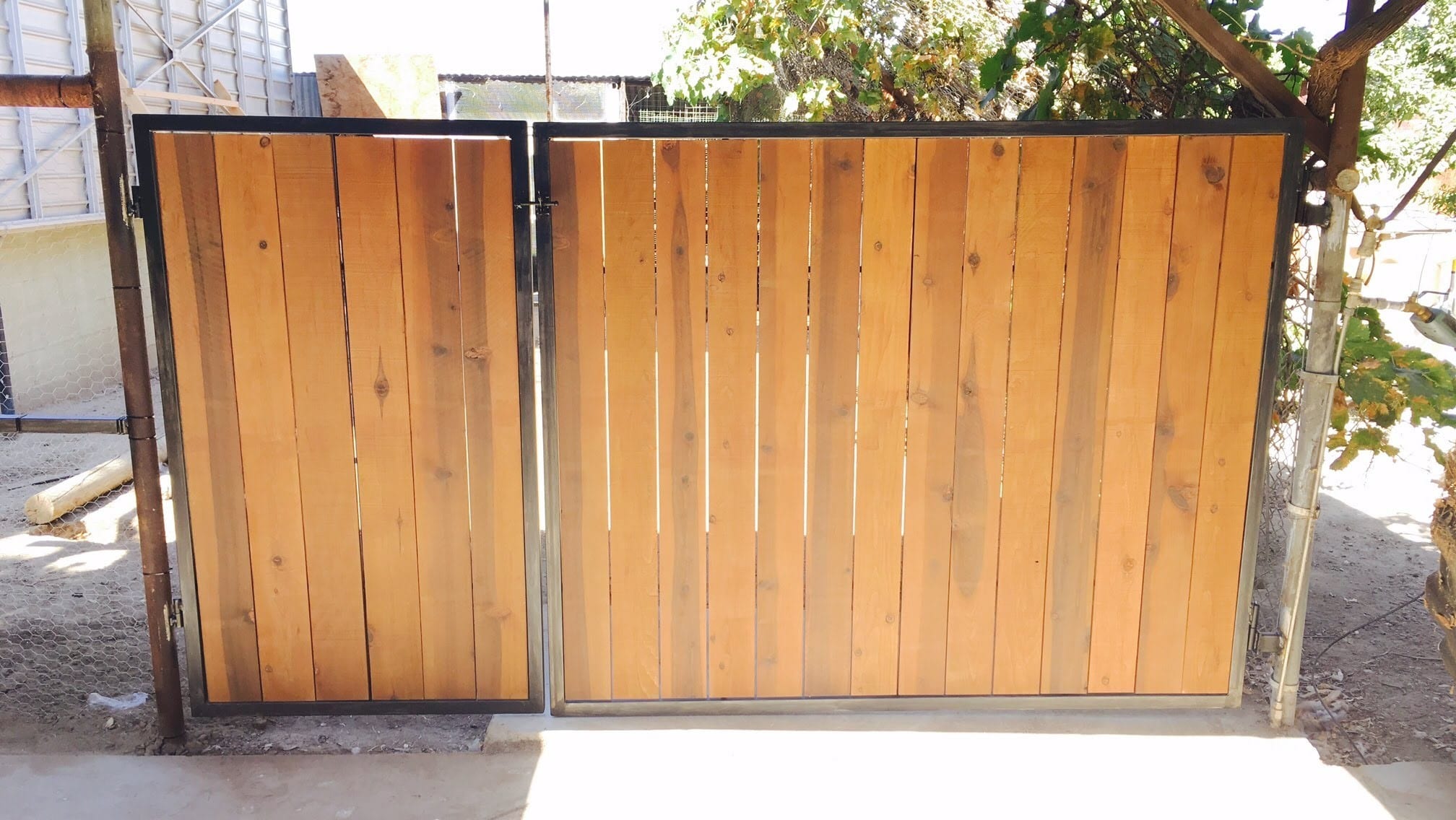Introduction
Real wood cannot be made completely fire-proof as the basic nature of wood is to catch fire. However, the usage of various types of chemical coatings can make it fire-retardant to a large extent. When the wood is cut from trees, it mostly has high moisture content up to 40%. Then the wood blocks are treated through various processes to make them fit for usage.
Primarily wood is used to create furniture and artefacts. It goes through multiple layers of chemical treatment and the moisture content is reduced below 10%. If this question is hovering in your mind, how to fireproof wood while buying kitchen cabinets, then it is a valid question.
If you run a construction company or work for one, then while designing buildings in high-density areas, you need to keep this in mind. Overall building safety aspects will increase manifolds if fire-retardant wood is used in the interiors. Even the quality standards for building safety will be met and the local authorities will issue the relevant certificates soon. This will increase the sale and release value of your building project too.
All you Need to Know about Fire-Retardant Wood
Fire-resistant wood is treated with fire-retardant chemicals and they are a good choice for your kitchen windows and cabinets. This product resists to be ignited in a situation when there is a fire outbreak. These fire-retardant wooden blocks do not allow the fire to spread in the rest of the rooms.
Fire-retardant technology does not believe in the band-aid approach of treating the wood. It ensures that a comprehensive treatment of the wood is done, and it is not only an outer coating of a fire-retardant chemical. These types of wooden blocks are tested for their durability and their ability to hold paints in normal circumstances. This variety of wood is increasingly becoming popular as they are safe for industries where fire-accidents are common. They are safe for households too and reduce insurance costs.
If you are worried about how to fire-proof wood, then read on. Usage of fire-retardant wood in constructing the building and home décor reduces the number of casualties in case there is a fire-accident.
Fire-Proofing Wood- Inexpensive Home Solution
Fire poses great danger to wooden furniture and wooden structures. Making fire-retardant wood at an industrial level has become very popular over the years, however the process is expensive. If you live in a house which has a lot of wooden furniture, and you want to make them fire-resistant, at home you can make a simple paint-on mixture. This spray-on mixture can be made using easily available chemicals. You can use it to make the flooring and ceiling too fire-retardant if they are made of wood.
This is not a complete solution to making fire-proof wood, however, this is better than regular MDF, oak or any other type of wood. Follow these simple steps to make a reasonable fire-retardant solution at home.
1. Take two quarters of water in a bucket.
2. Add 1/2 cup of Zinc chloride (ZnCl2) + 1/4 cup of Ferric chloride (FeCl3) + 3 tablespoons of boric acid + 3 tablespoons of ammonium phosphate ((NH4)3PO4). You can buy these ingredients from any chemical supply store which sells products for home cleaning and maintenance.
3. After mixing the ingredients thoroughly, wear nitrile gloves and apply three coats of this mixture on your wooden furniture and artefacts to make them fire-retardant to an extent.
Step-by-Step Instruction to Make Fire-Retardant Wood
Step 1- Kiln Drying the Wood
First, the wood needs to be kiln-dried before the process of converting it into fire-retardant wood commences. You can use wood or plywood for this process. Then a fire-retardant chemical is applied to the wood. Most of these chemicals are proprietary and every treatment plant uses its own formula.
All fire-retardant wood is manufactured using a pressure system to ensure that the wood is completely infused with fire-resistant chemicals. Woods that have undergone only surface treatment are not accepted by fire-safety authorities.

Step 2- Processing in Retort Chambers
Once the wood is kiln-dried, it is processed in the retort chamber to ensure that the necessary pressure can be created to treat the wood. After the retort chamber is loaded with the kiln dried wood, it is sealed. A vacuum is created by removing all the air which was trapped inside the retort chamber.
Once the chamber does not have even an ounce of air, it is filled with retardant chemicals. Then the pressure control mechanism is applied to ensure that the entire wood is treated with the fire-retardant chemical. The type of wood, thickness, moisture content etc. decides the amount of pressure it will need. Even the time of pressure treatment varies from one variety of wood to the other.
These steps must be making it clear for you- how to fire-proof wood.

Step 3- Passing the Quality Control Checks
After the kiln-treated wood is subjected to retort chambers, the wood is ready. However, it is important to ensure that this wood passes through the quality control parameters. After the internal quality checks of samples from each slot are completed, this wood is sent to the stores for final usage.
The quality control inspectors check for fire-retardant concentrations to ensure that the wood is safe for building construction materials. Even checking the burn rate is extremely crucial.
The quality control checks if the wood resists ignition. Any wood which is readily combustible will fail this test immediately. This fire-proof wood should have the ability to slow the spread of the fire.
Depth of charring too is checked during the quality control inspections. Under specified burn conditions, the charring should be of various percentages.
The quality control team also checks for the structural integrity of the burnt wood. This is the complete process of quality checking in the manufacturing units where fire-retardant wood is produced. If a batch has to pass all the quality control tests, then all the above-mentioned parameters should be satisfactory. If the produced wood meets all the parameters, such wood is passed off as fire-retardant wood.

Factors to Keep in mind before deciding to fire-proof wood
Fire-retardant wood can be created by chemically softening, treating, and compressing wood. This procedure removes the spaces between the cell walls and completely infuses them with fire-resistant chemicals. These types of wood are used as structural material and hence it is very crucial for it to of high quality.
In case there is a fire accident, a protective char layer is formed on its outside. This layer is created from the resulting materials. This reduces the intensity of the wood to burn and decreases the spread of fire.
Many companies hire third-party inspectors to ensure that there is no flaw in the quality control inspections. How to fireproof wood may be a little complicated process, however, it is almost fool-proof and there is a high demand in the market for fire-resistant wood these days.
Checking Fire-retardant Wood for Wet-Proof Qualities
Not all fire-retardant wood is wet proof too. If the wood has been chemically treated to control the damp, then it will produce damp-proof wood. It is a good idea to make the wood damp-proof for construction projects because any seepage/inner leaks will protect the wood which is used inside the beams and walls. When wood is treated for making it wet proof, its ability to withstand swelling and warping is tested.
It is important to treat the wood to make it leech proof as well. It increases the durability of the product and in turn, gives more strength to the building.
While manufacturing, there are separate types of wood treated for interior or exterior usage in a building. The wood that is treated for internal usage normally has lower resistance to exposure to moisture and it is also lesser resistant to fungal growth.
The wood that is manufactured for external purposes is more expensive than the ones meant for internal usage. Many builders are involved in this malpractice of using the wood for internal usage for the exteriors to reduce cost. The building inspectors need to be careful while making the final inspections and certifying a building safe for residential purposes.
Conclusion
Now since you have learnt the process of how to fire-proof wood, you surely will be careful before buying any furniture. Many shop owners will try to sell partially treated wood as fire-proof wood, and you know that they are not very effective to stop a large fire outbreak. Hence, it is always safe to buy completely treated fire-retardant plywood to build the kitchen cabinets and cupboards in your house.
To ensure the complete safety of your apartment building, you need to check with the builder about the quality of wood they have used. Staying in a building that has not used fire-retardant wood in the structural materials is unsafe. High-rise apartments during the fire-accidents are very unsafe if you live in the upper floors. You can not use the lift and climbing down so many flights of stairs amidst all the smoke and commotion is almost impossible. Even the rescue teams will take time to reach the higher floors as they will first focus on evacuating the lower floors to reduce the number of casualties.
Thousands of people are killed by fire accidents every year and using fire-proof wood can be a preventive measure to stop the aftermath of these accidents.
